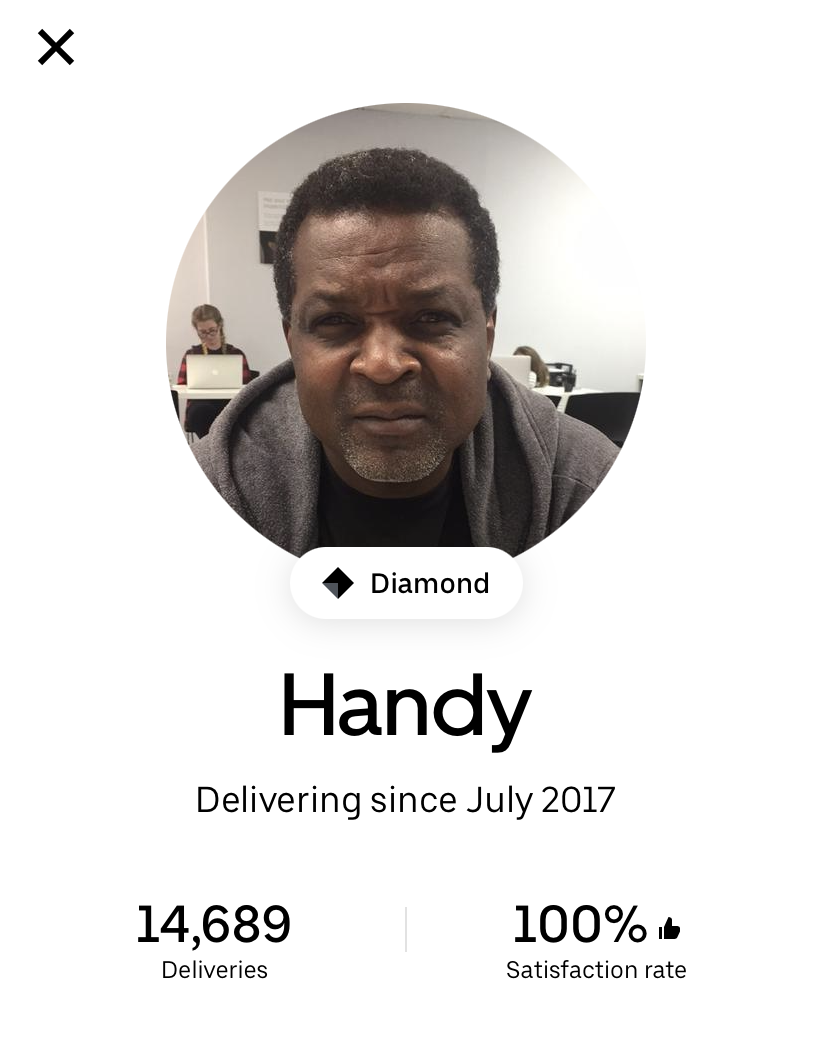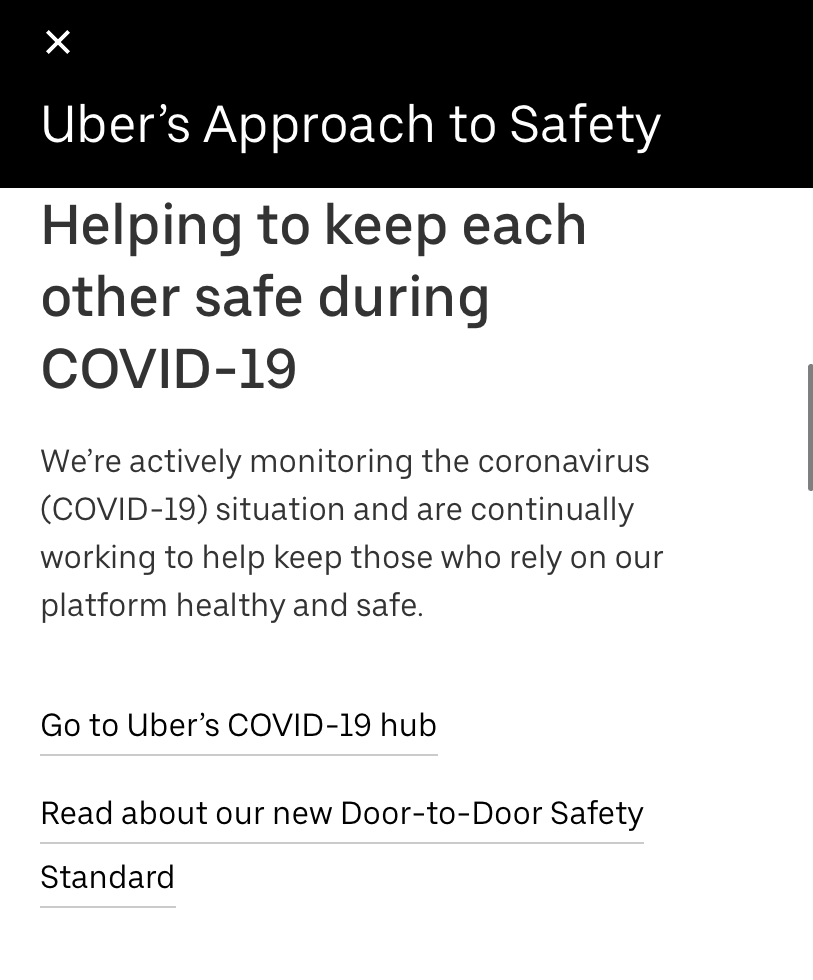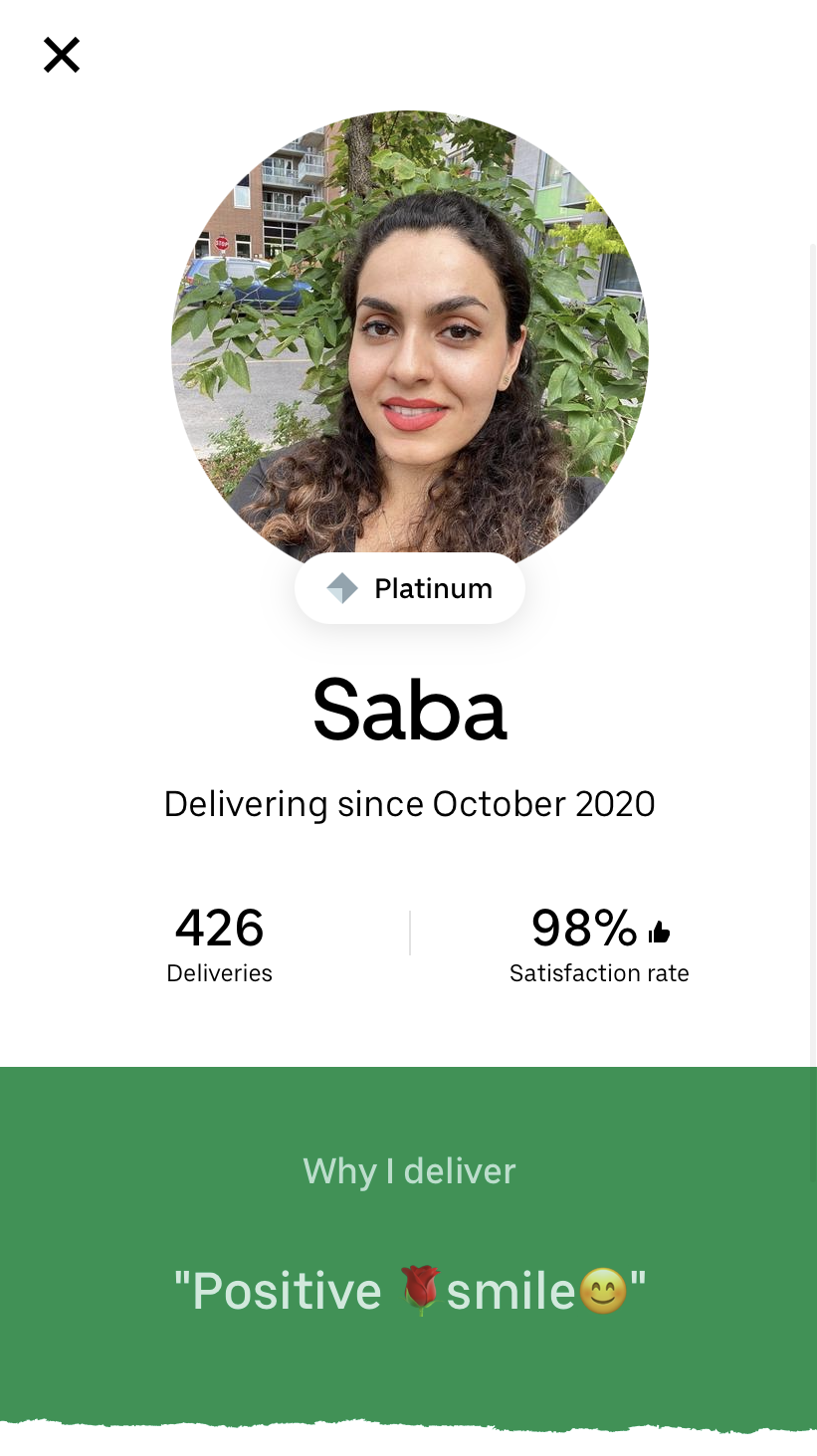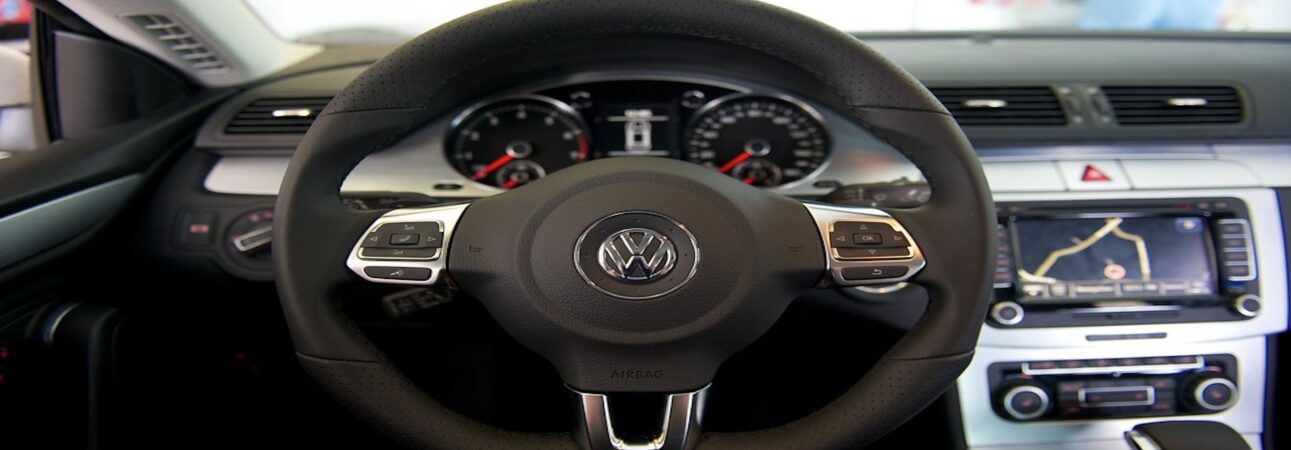Uber rides and food delivery services have been transformed during the global COVID-19 crisis. Since 2014, Uber’s ridesharing has served as transportation for the Ottawa public and as a wildly popular food delivery option. Due the company’s taxation policies, Uber drivers are considered self-employed individuals. As independent contractors, Uber drivers have each been impacted differently by the pandemic.
The pivot: Drivers’ POV
Handy Guzman has been working with Uber since July 2017 and boasts his diamond level driver status, meaning he is at the highest level of performance for drivers, according to the company website. This means that he has consistently maintained high ratings and low cancellation rates. Drivers gain points every time they complete a ride or delivery, and Guzman has achieved a perfect 100 per cent satisfaction rate with each customer. Guzman has completed 14,689 deliveries during his time with Uber and has maintained a perfect satisfaction rate with each customer. He began delivering with Uber at night, after his children had gone to university.
“The house was too quiet, and I was missing my children. I needed somewhere to go and occupy my mind,” Guzman said.

Guzman began delivering full time during the fall of 2019, completing multiple deliveries every hour with his two younger sons accompanying him whenever they weren’t in class. Driving was always therapeutic for him, but he had now turned it into his career. His days were fairly routine, “leave the house, pick up my first order, and then the ball was rolling and I just drove.” Then, three years into driving for Uber and establishing his routine, his livelihood was thrown to a loop with the beginning stages of the coronavirus pandemic.
“For the first time, I thought that I would not be able to provide for my children. I thought, ‘Oh God, what am I going to do?’” Many Uber drivers shared that same sentiment. Guzman worried not just for himself and his family but also for his customers. “I thought, how is the older lady I saw yesterday going to get her groceries now?” During the first stages of the pandemic, there were many unanswered questions about how the virus spread and what was safe to do. But, Guzman did not have the luxury to sit back and wait for answers about whether he could continue to drive. So, he conducted business as usual. The Uber app was still operational and he could still accept delivery requests, so he did.
When changes to the way Uber operated were introduced May 18, 2020, Guzman, like many other drivers, remarked that he had already begun implementing those changes of his own accord. He had already been wearing a mask when completing deliveries, sanitized his handles and food warming bag after every drop-off, and washing his hands or sanitizing after contact with a new person.
At that point, Uber had introduced a system to ensure all drivers were following these safety precautions. Drivers are required to submit photo proof that they are wearing masks, they can report customers who do not wear masks, are only allowed to seat passengers in the back seats of the car, and are encouraged to keep sanitizer for themselves and customers in their cars. This is all communicated to users of the application when they confirm a ride or delivery, under the “Keeps You Safe” tab beside the drivers name. Uber also includes links to local health authority sites, and has several articles on the app that explain its safety precautions at this time.

Deliveries during a pandemic
For Saba, who did not wish to disclose her last name, these safety precautions are all she knows when it comes to Uber. She began delivering during the pandemic, in October.
As a customer, she was a frequent user of the application for several years until she stopped using the app in the summer of 2019 due to financial constraints. “I used to take Ubers to the grocery store when I did not have my car at that time. I could only afford that for so long, so I started taking the bus.”
When she was laid off from her job as a waitress during the early months of the pandemic, Saba said she sat at home for a few months and worried. Her fiancé was the only one of the two working, and for awhile, “it felt like I was burdening him. I felt bad when he came back home after work and I had done nothing all day. I just needed to get out of the house, but I did not know how,” she said.
Then, in October, a friend suggested she look into driving for Uber. “I am still new to the app, but I think I am doing well,” Saba said. And that she is. Only two months into driving, she boasts an impressive 98 per cent satisfaction rate on 426 deliveries, and has achieved the third highest level of driver status; platinum.
Saba said that although she has since found a new restaurant job, she will continue safely delivering for Uber as she loves seeing people happy when they receive their order, especially the university students who, she said, “are very funny when they get their food: it is like they won an award when you bring the bag out of the car.”

Customer reaction and satisfaction
Aleigha Cheung has been a customer of Uber since 2018. She used the app sporadically throughout her last year at high school, switching to more frequent use when she entered university last year, “for the UberEats option and 1 a.m. McDonald’s deliveries, to be honest,” she joked. Cheung’s other main uses of Uber during her first two years using the application were rides to and from places that were difficult to get to by public transit, clubs, the airport or bus and VIA Rail terminals when she had an early connection to make.
This year, however, she has shifted her use of the application. She noticed that that her use of the app actually rose after the pandemic hit.
“I realized that I started using Uber more this year, actually. I think it’s two parts; one because I did not trust public transit like buses or the train for awhile because at first there were a lot of people who did not wear masks in public, so when I weighed my options out I thought that I would rather be in a clean car with one stranger than a dirty bus with dozens of strangers,” she said. “I trust Uber drivers with my safety, and I think that they go above and beyond for their customers’ comfort.”
